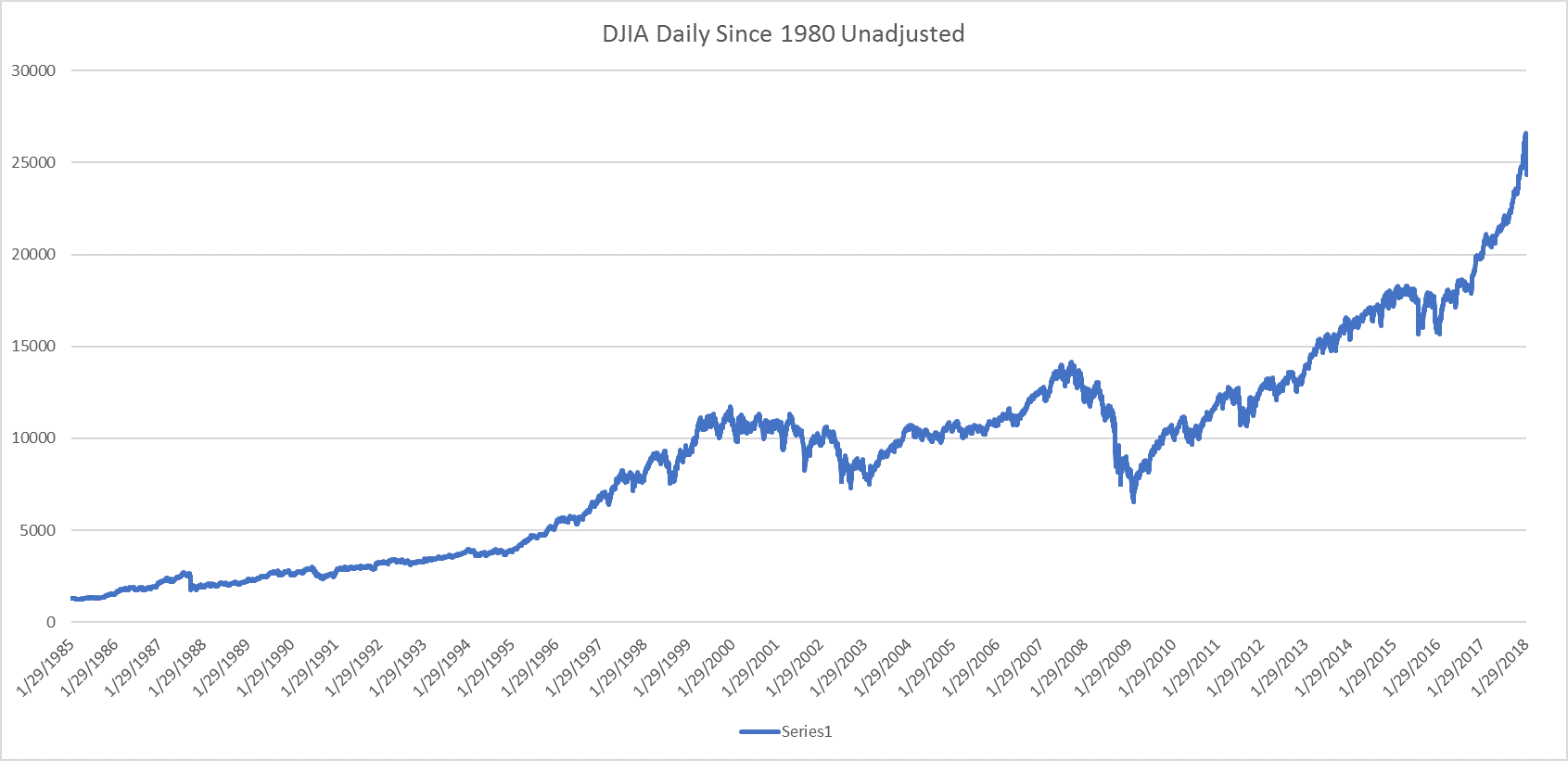The Wall Street Journal is quick to point out how the tax reform bill passed last December does little to help failing businesses.
The new tax law is a boon to most US businesses, but it will make life harder for one type of company: those that are struggling financially or at risk of filing for bankruptcy.
The new tax law was never intended to help failing businesses, though, it was designed to help the rest of us individuals and our businesses—and to help those who are failing do better next time.
The law eliminated a provision that gave money-losing companies a cash infusion in the form of a retroactive federal tax refund by applying current losses to past tax bills. Experts say these tax breaks, called net operating loss carry-backs, gave companies access to money at a critical time….
No, the provision helped current businesses paper over bad decisions and outright failure by letting them rewrite their history; there’s nothing that helped failing businesses do better in future.
The provision, in fact, was written in the aftermath of WWI, ostensibly to help our economy’s manufacturing sector. On the contrary, though, the provision was enacted to bail out from Woodrow Wilson’s attempts to nationalize significant fractions of our industrial sector and to attempt recovery from Wilson’s drastically inflationary policies. Any policy enacted for bad reasons always will fail in the end.
“It doesn’t fix the business, but it fixed the balance sheet,” she [Bankruptcy lawyer Cathy Hershcopf] said of the tax benefits.
Indeed.


